Hele Shui Xian – 水仙
Light Shui Xian is classified as oolong roads. Shui Xian tea plantations grow only in two places in China. Near the city of Wuyi, located in the north of Fujian province and in the village of Nanyang, which is also located in Fujian province. Bright Shui Xian is harvested four times a year. Just like the rest of the oolongs. But the most valuable are spring and winter harvests.
How is Shui Xian tea useful?
Shui Xian, like all oolong teas, with proper cooking and use: has a beneficial effect on the circulatory and digestive system; lowers the level of bad holeterin, cleanses the body of toxins, expels slashes; restores the strength of the physical and mental, promotes the improvement of concentration. The road has toning properties, raises the tone of life. Helps to relax, rest, recover and feel more energetic and energetic after a working day. That’s why you shouldn’t drink it before bedtime – you won’t be able to fall asleep on time.
How to boil Shui Xian?
In order to feel the full palette of tea, it is necessary to adhere to the details and steps of the decoction: oolongs are not afraid of very hot water and can safely take water of 90-95 degrees, but it must be soft, clean and without impurities; teaware – gaiwan or teapot – must be warmed through by rinsing them in hot water; the tea crumb itself should also be rinsed with hot water, leaving it standing on top of the crumb for 2-3 seconds; tea crumbs should be taken 8-9 grams of dry leaves per 150 ml of water and allowed to brew for 10-15 seconds, for the next water pours increase the pulling time every time by 5-7 seconds (oolong must have up to 5 decoctions); the strength and bitterness of the drink can be controlled to taste (the longer the draw time, the stronger the tea); drink with small sips, enjoying a complex and at the same time exquisite aroma bouquet.
Once, a peasant discovered a peculiar tree with snow-white blooms in the village of Dahu (located in the north of Fujian Province, next to the Czhouxiandong (Praying Immortals) cave). It looked like a tea tree, the only difference was that this tree was much larger. The peasant plucked the leaves from the bush and made himself a drink from it. And it turned out to be a tea with excellent quality, taste and aroma, which was well suited for the production of oolong. The tea tree was named Chzouxian (after the cave name). However, since the hieroglyphs of “chzou” and “shui” according to the local dialect are pronounced in the same way, over time the name changed, and it became Shui Xian, meaning “ruler of the waters” or “narcissist”. Tea received the name “daffodil” because its aroma resembles that of a flower.

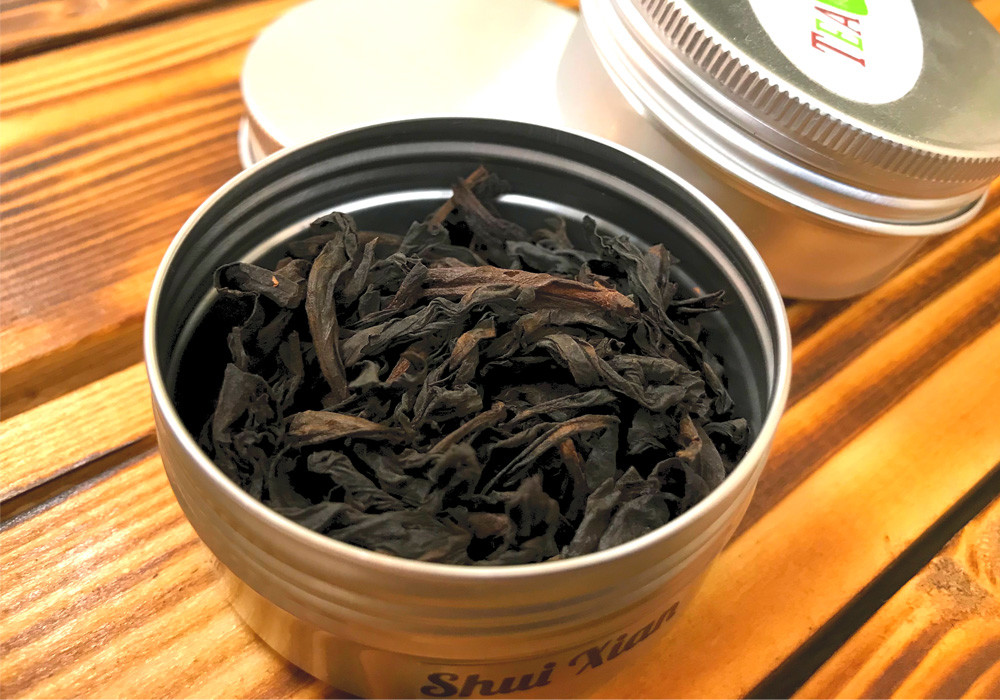
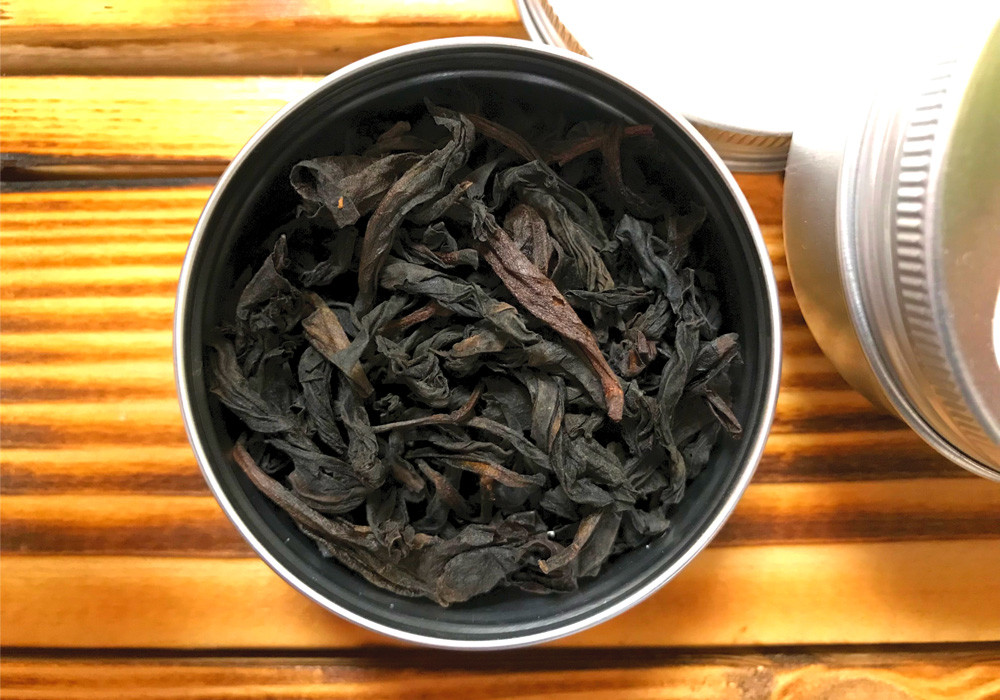
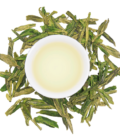
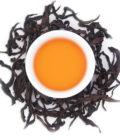
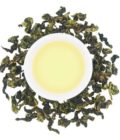



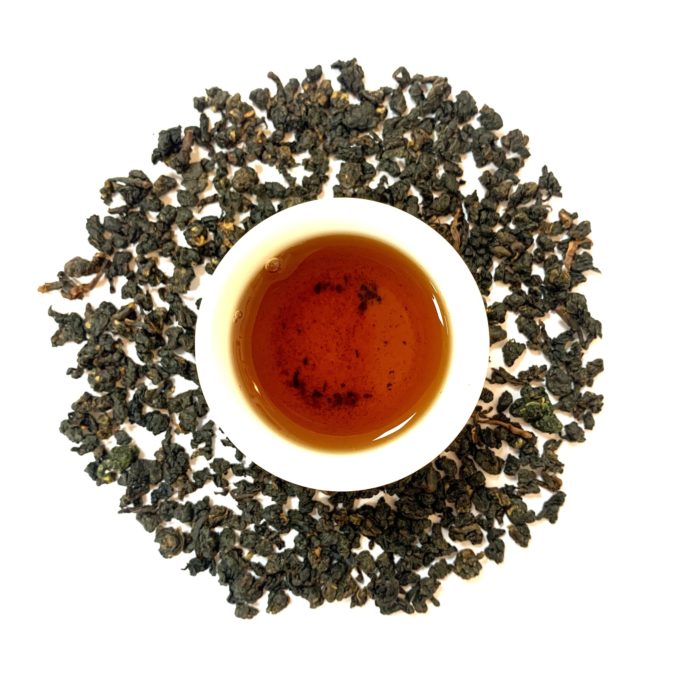
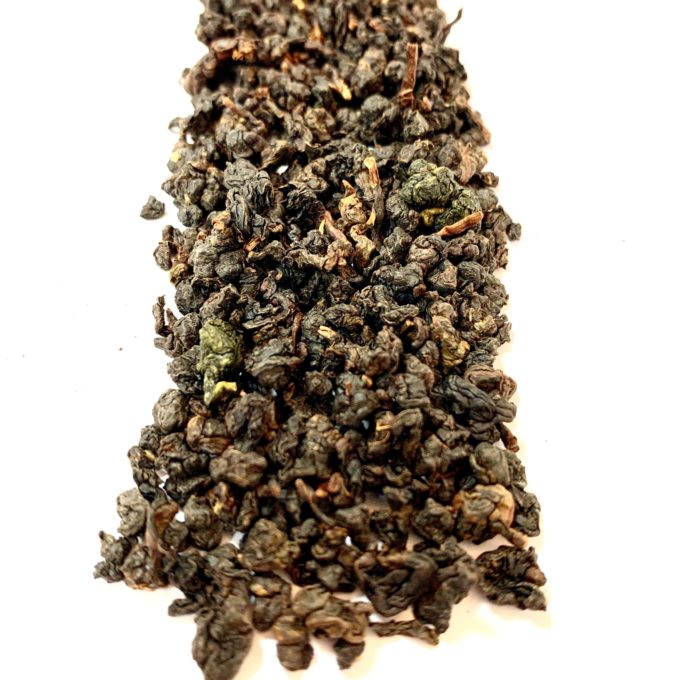
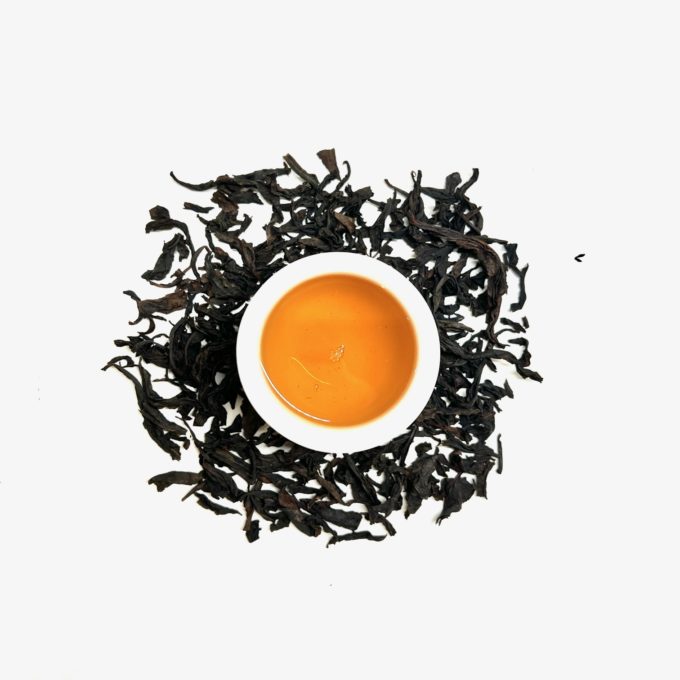
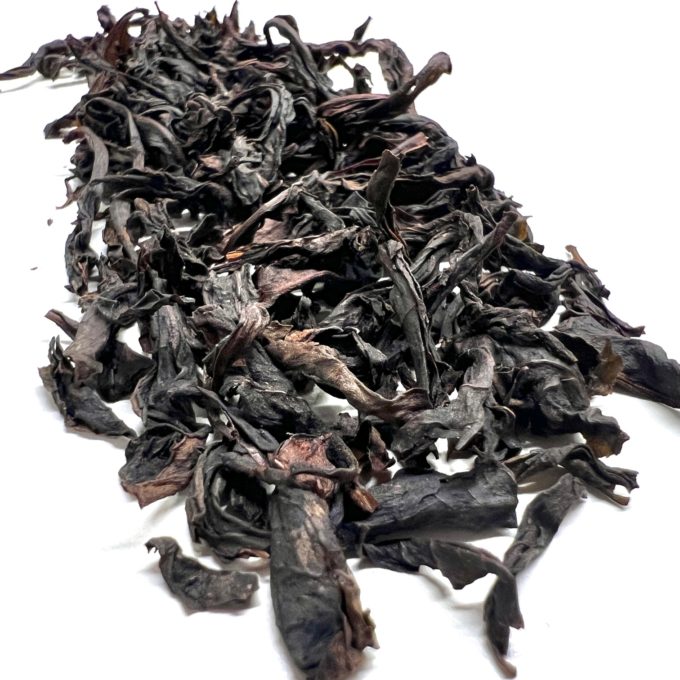
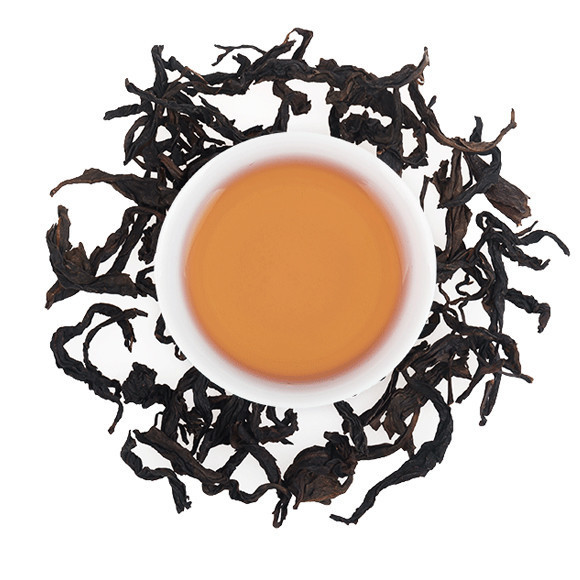
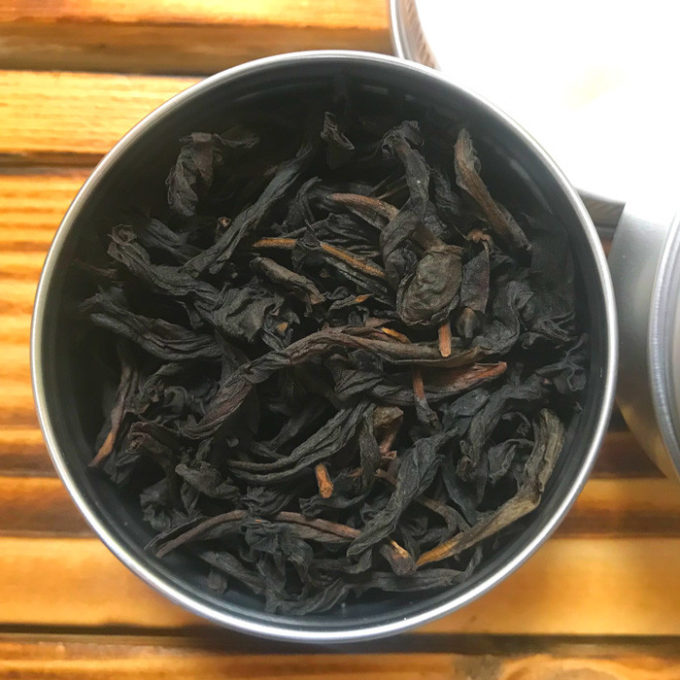
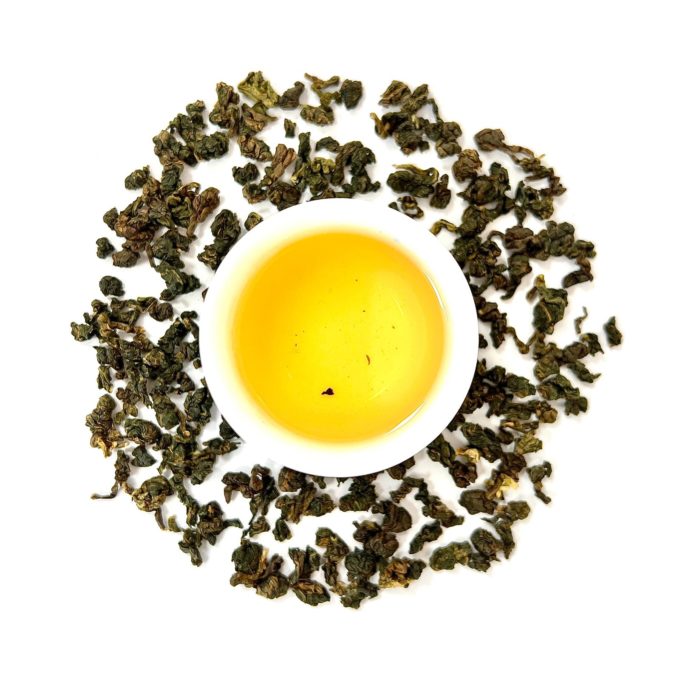
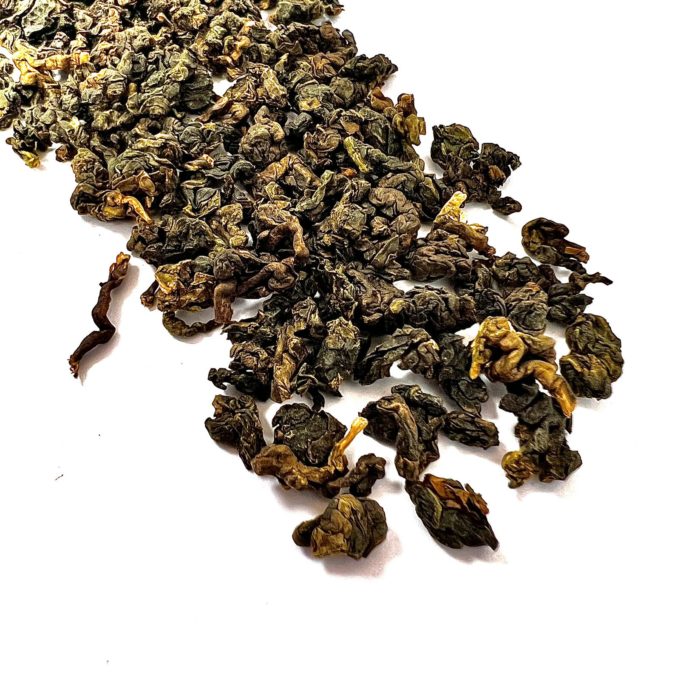
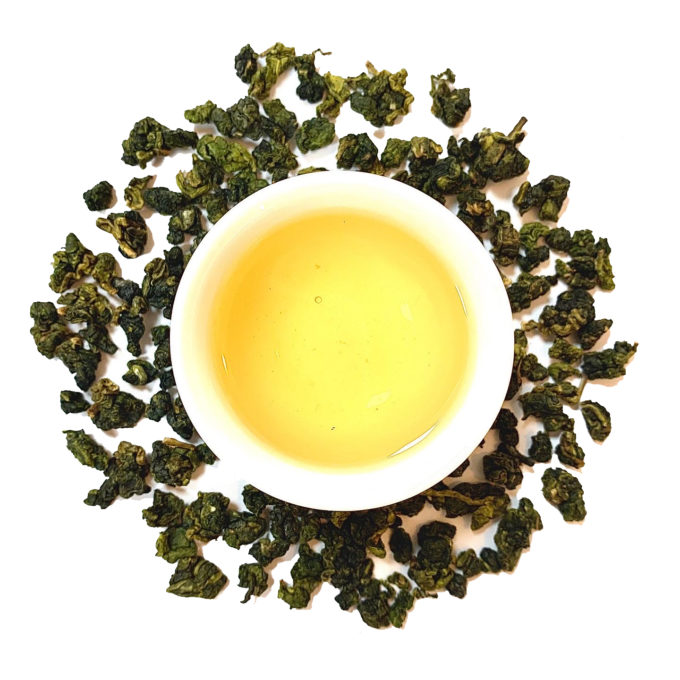
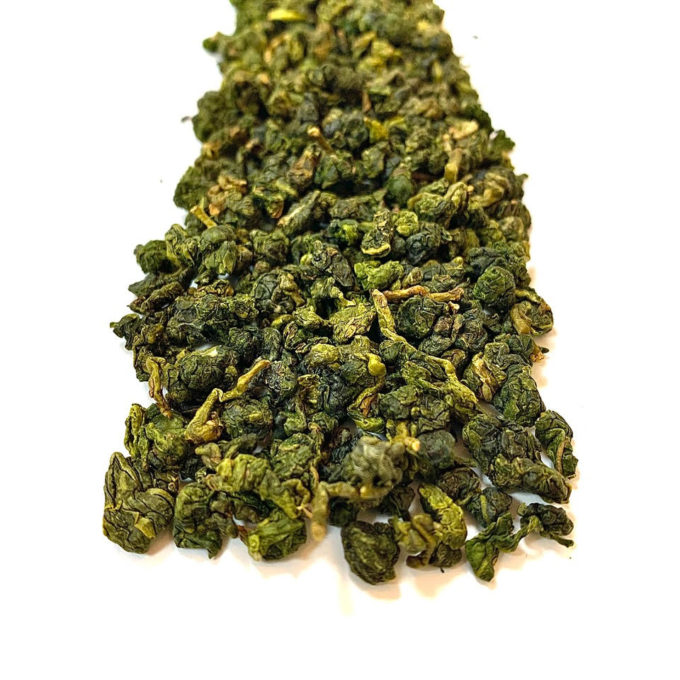
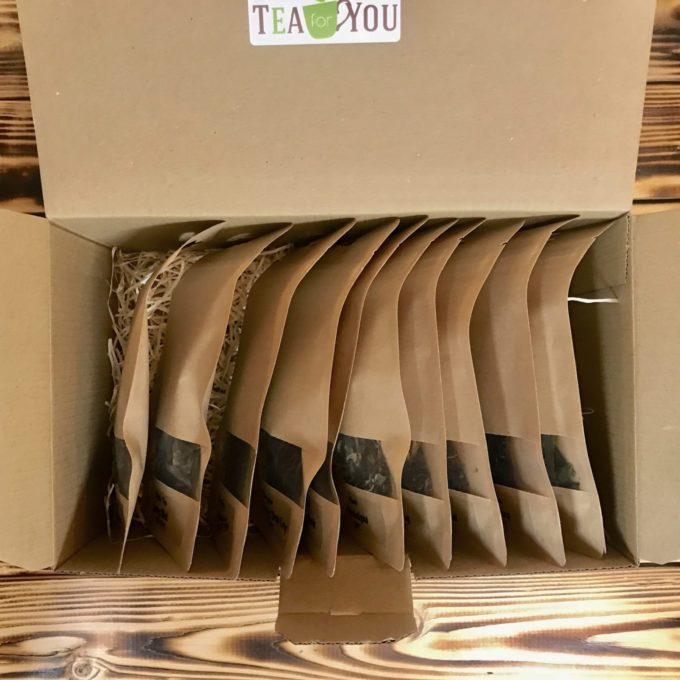
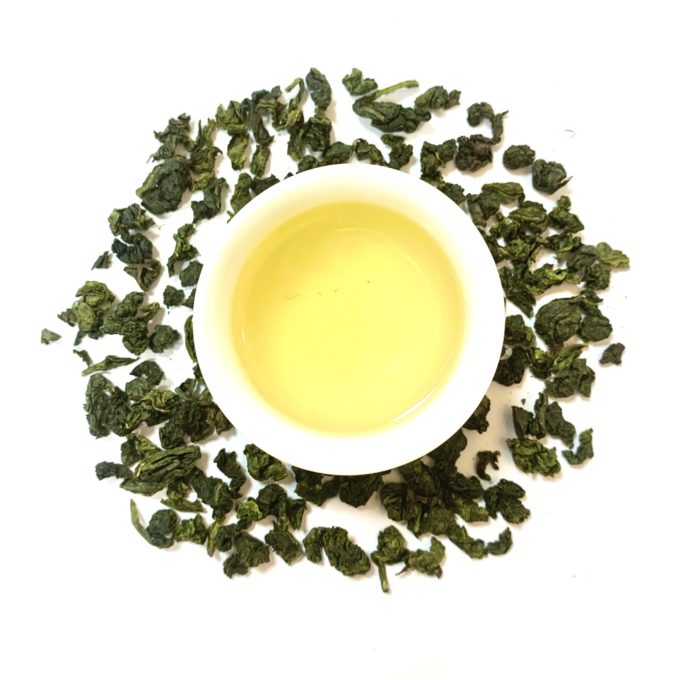
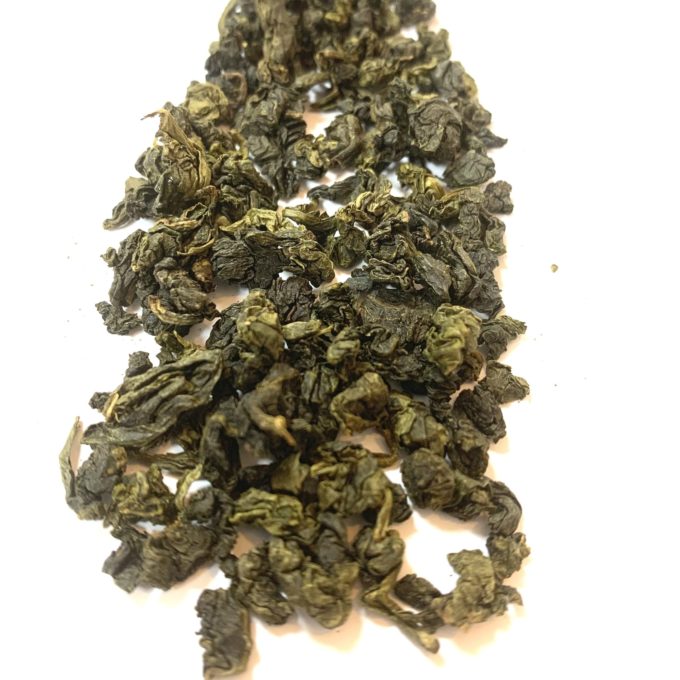
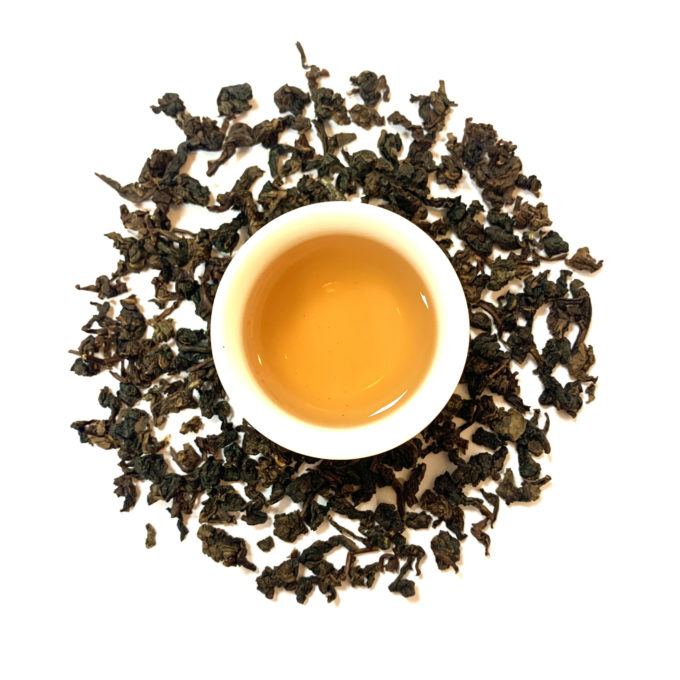
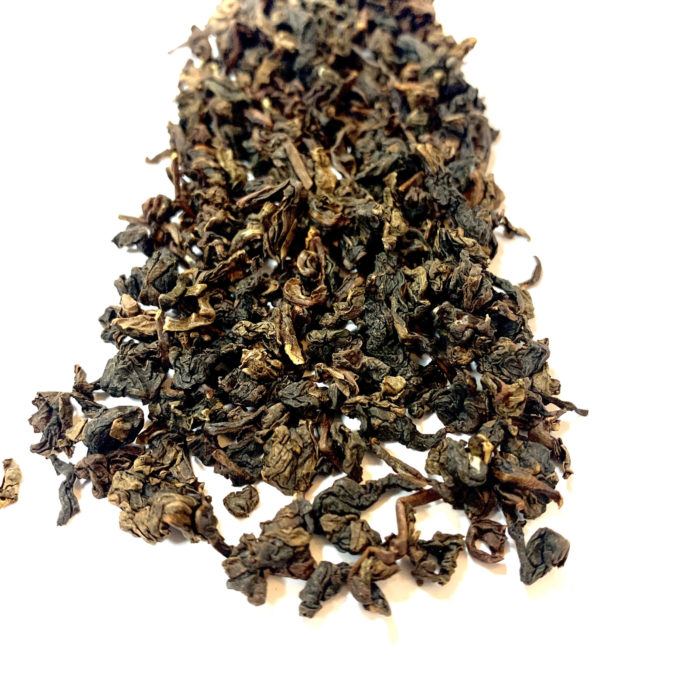

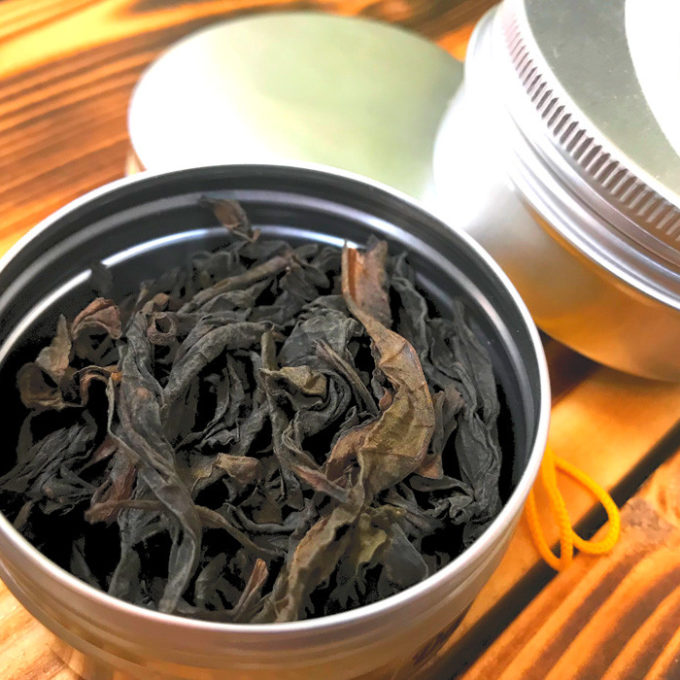
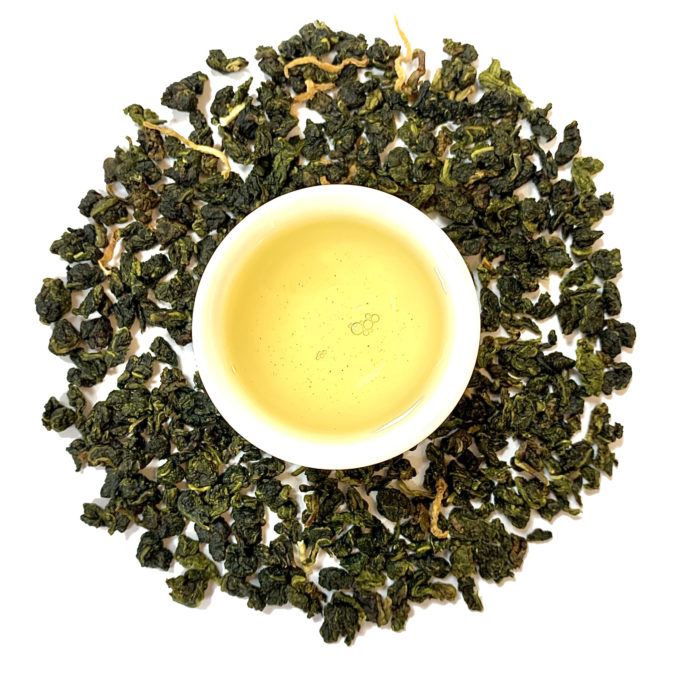
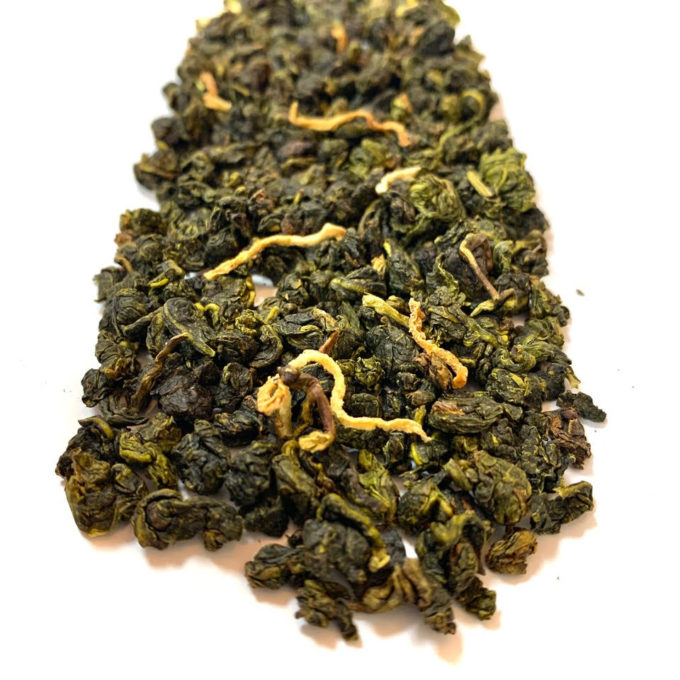
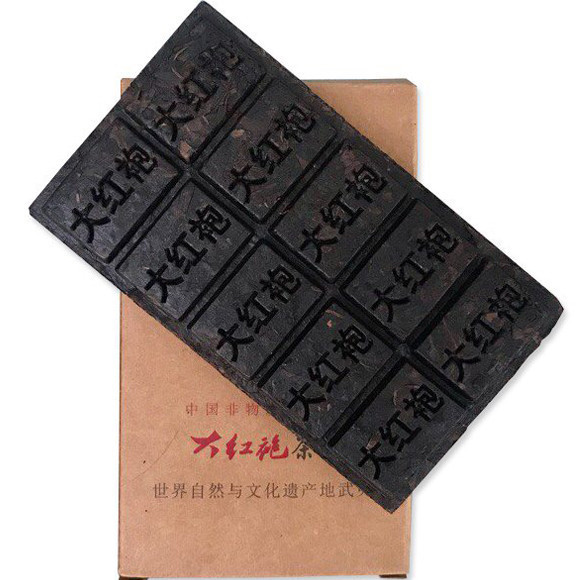





 No products in the cart.
No products in the cart.